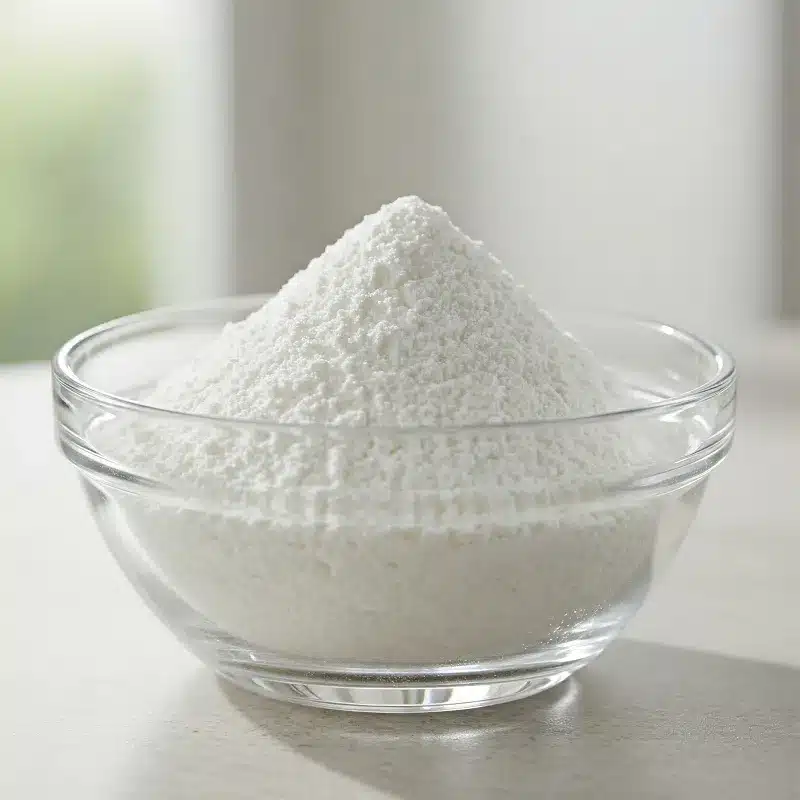
ผงคอลลาเจนไหม
Gensei supplies high-quality Silk Collagen Powder, a unique protein ingredient sourced from silk. Our Silk Collagen Powder undergoes careful processing to ensure high purity and excellent solubility. Rich in beneficial amino acids, this powder is a valuable addition to formulations aimed at improving skin hydration and elasticity, and enhancing hair strength and shine. As a trusted supplier, Gensei is committed to providing consistent, premium Silk Collagen Powder for your product development needs.
โปรดทราบ: เราเป็นผู้จัดจำหน่ายส่งและมีปริมาณการสั่งซื้อขั้นต่ำ.
มีคำถามเกี่ยวกับผลิตภัณฑ์นี้หรือไม่? ทีมงานของเราพร้อมให้ความช่วยเหลือ สำหรับการสอบถามเกี่ยวกับส่วนผสมหลายชนิด กรุณาใช้ ติดต่อเรา ตัวเลือก และรวมรายการส่วนผสมในข้อความของคุณ.
Silk Collagen CAS No.: There isn’t a single CAS number universally for “Silk Collagen” as it’s commonly Hydrolyzed Silk Fibroin. A CAS number might apply to Silk Fibroin itself or a specific hydrolysate. A relevant CAS number for Silk Fibroin is 9007-76-5.
ชื่อทางเคมี: Silk fibroin, hydrolyzate
คำพ้องความหมาย:
- Hydrolyzed Silk Fibroin
- Silk Protein Peptide
- Silk Hydrolysate
หมายเลข CB: ไม่สามารถใช้ได้สำหรับรูปแบบผลิตภัณฑ์นี้โดยเฉพาะ.
สูตรโมเลกุล: Not applicable. Silk Collagen Powder is a complex mixture of peptides and amino acids.
น้ำหนักโมเลกุล: Not applicable. Molecular weight is described as a distribution range for the peptides, typically ranging from a few hundred to several thousand Daltons, depending on the degree of hydrolysis.
หมายเลข MDL: ไม่สามารถใช้ได้สำหรับรูปแบบผลิตภัณฑ์นี้โดยเฉพาะ.
Silk Collagen Powder Manufacturing Process
Silk Collagen Powder (Hydrolyzed Silk Fibroin) is produced by hydrolyzing silk fibroin protein from silkworm cocoons.
แผนผังการผลิต
-
Raw Material: Silkworm Cocoons
(Source of silk protein) -
→
Degumming
(Removing sericin gum to isolate silk fibroin fibers) -
→
Washing & Drying
(Cleaning and drying the purified silk fibroin) -
→
ไฮโดรไลซิส
(Breaking down the large silk fibroin protein into smaller peptides using acid, alkaline, or enzymatic methods) -
→
Neutralization (if using acid/alkali)
(Adjusting the pH of the solution) -
→
การกรองและการทำให้บริสุทธิ์
(Removing insoluble materials and impurities) -
→
วิชาเอก (เลือกได้)
(Removing excess water) -
→
การอบแห้ง
(Drying the hydrolyzed silk solution into a powder, often using spray drying) -
→
การบดและร่อน (เลือกได้)
(เพื่อให้ได้ขนาดอนุภาคที่ต้องการ) -
→
การควบคุมคุณภาพ
(Testing for peptide size distribution, amino acid composition, purity, and other specifications) -
→
บรรจุภัณฑ์
(The Silk Collagen Powder is packaged)
